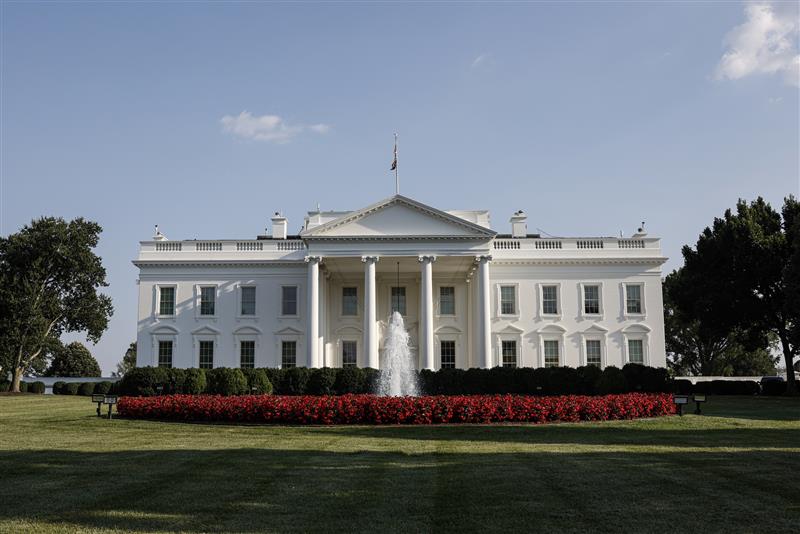Shannon Murphy, Managing Director and Head of Strategic Content at Jefferies, delves into the evolving market landscape for American hedge funds. With funds overseeing a record number of assets and market-wide volatility on the rise, fund managers are confronted with an array of new challenges and opportunities. Murphy examines the industry’s potential for continued growth, emphasizing the importance of agility and adaptability amid turbulent conditions.
2023 marks a fascinating inflection point for the hedge fund industry. There are approximately 8000 hedge funds today, which is essentially the same number we had a decade ago, but they are managing nearly double the assets. This makes for a pretty competitive landscape as firms vie for that incremental dollar.
This competitive environment emerges just as our investing landscape undergoes a period of transition. Allocators are revisiting their portfolios, deciding how to position themselves for the next five to ten years. It’s a very exciting time for funds who can manage volatility across cycles. A lot of these partnerships are being renewed, refreshed, and rebuilt for the next decade.
As allocators revisit their portfolios, the industry now has a four-year track record of solid performance, outperformance, and capital protection. First, we saw three years of double digit performance, the first time that that’s happened since the late nineties. Then, last year, hedge funds protected for the best time in 15 years, all during a period when the VIX traded above its historic average 95% of trading days. These are the sort of numbers that make me really excited about new leaders on both sides of the aisle: new managers and new allocators.
As managers go back to the basics, this environment almost becomes ‘P&L 101’. How does what you’re bringing in match what you need – not just this year, but in 2024 and 2025, too? Hedge funds can massively outperform the indices (as we saw last year), but maintaining a stable and agile business requires one to strike an appropriate balance with incentive and management fees.
Periods of transition herald a lot of opportunity. If you’re a manager that is willing to revisit your assumptions, you can create new muscle memory by adapting to a new investing regime. Every generation goes through this, and there’s a dichotomy between those who have lived through an economic transition and those for whom this is a first. It’s critical to build a strong foundation, but also build agility into your organization, your investment process, and your risk management process.
Today’s market can be summarized with one word: rates. The industry needs to remember the implications of a rising rate environment for their businesses, their portfolio companies, and counterparties. Managers must assess their competitive position and ability to invest in talent, capitalize on dislocations and opportunities, and utilize new assets, investing processes, risk management frameworks, and data sets.
We’re operating in a period of new market circumstances and strange contradictions. In just the first 100 days of the year, we have had the biggest and fastest bank runs of all time. We’ve had historic intraday volatility, and yet, certain indices like the Nasdaq are having a very strong run. Amid these conditions, it’s critical to treat your partners as a sounding board.
The hedge fund industry experienced slow growth over the past decade. In some cases, organic performance was muted, but in other instances, firms showcased how they built the dominant $4 trillion industry we see today. Last year, we saw $55 billion in outflows, but those redemptions slowed in the fourth quarter and that’s typically when they accelerate the most. As we look forward, I feel optimistic that this could be the decade when hedge funds truly shine.
Survivors of the last decade are poised to take calculated risks and adeptly navigate volatility that challenges other asset classes. As transitions inherently create winners and losers, this decade will forge new household names. As we look to what comes next, two qualities will be critically important: imagination and efficiency. Funds must embrace both if they hope to successfully maneuver this new environment while capitalizing on fresh opportunities and forming new alliances along the way.




